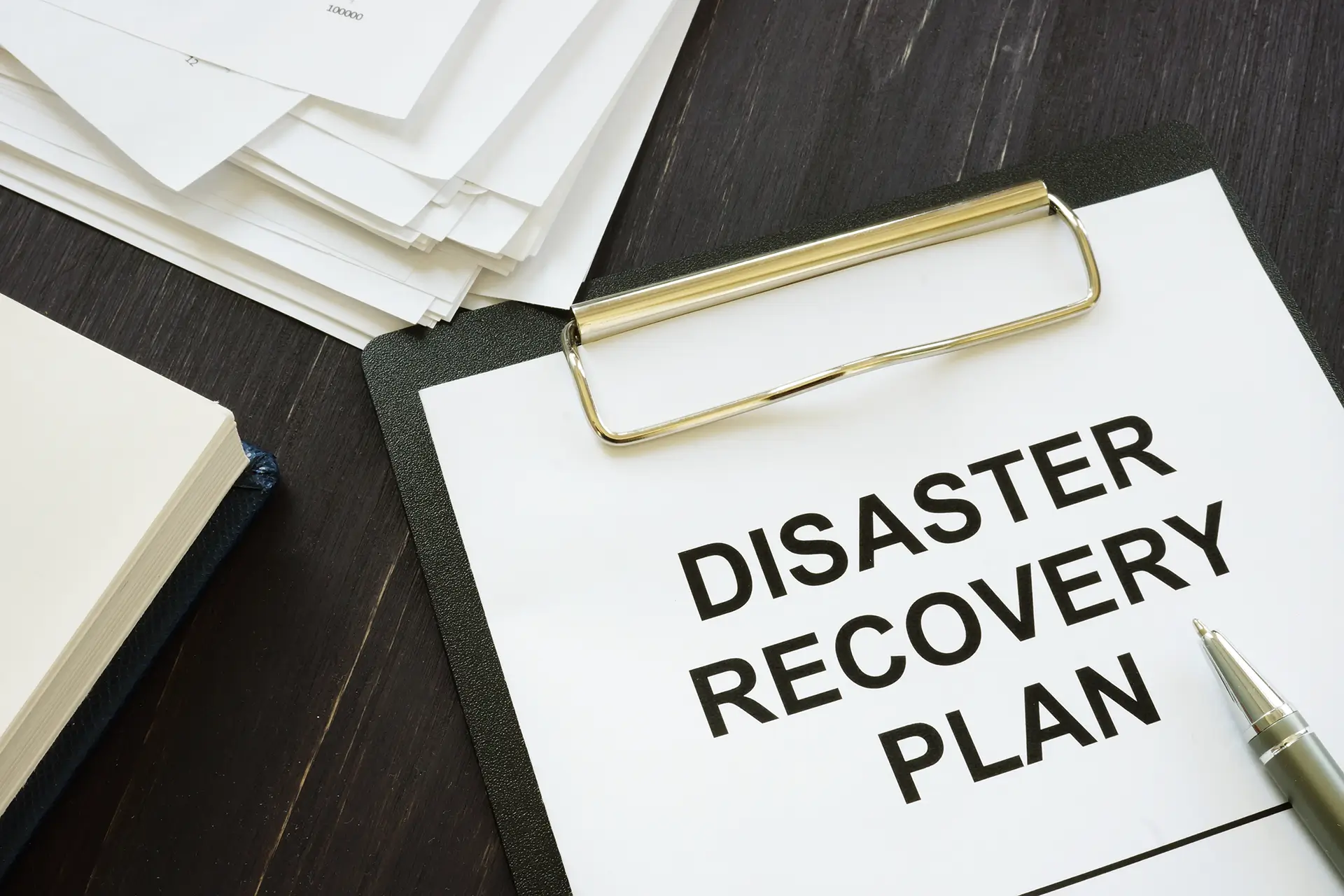
It’s rare for businesses to have a disaster recovery plan at all—but even when they do, there’s a tendency to feel overly confident in it. The truth is, unless you’ve tested your plan under real-world conditions, there’s no guarantee it’ll hold up when it matters most.
A recovery plan that looks solid on paper isn’t enough. You need to know it works before you're depending on it, and your team needs to be confident in executing it.
Let's walk through why disaster recovery testing is essential, how it protects your business, and the methods that actually work.
Disaster Recovery Testing Isn’t Optional
A disaster recovery plan is only as strong as your last test. If you haven’t validated it, you’re trusting your business to guesswork. Here's what regular testing can do for you:
- Spot Weak Points Before They Cost You
Even the best plans have blind spots. Testing exposes gaps you may have missed—flawed backup procedures, outdated contact lists, or critical steps no one’s assigned to. Better to fix those now than during an outage. - Reduce Downtime and Recovery Time
Simulating real-world scenarios forces your team to work through response and recovery under pressure. The result? You shave valuable time off your response—and that means less lost revenue and productivity.
- Keep Your Data (and Customers) Safe
Your backup strategy is only useful if it works when you need it. Testing ensures your data is restorable, current, and secure. With ransomware attacks and outages on the rise, this is one area you can’t afford to overlook. - Build Trust in Your Plan
There’s no worse time to wonder, “Will this actually work?” than in the middle of a crisis. Testing gives you the confidence to respond quickly and calmly—whether you're dealing with a cyberattack, hardware failure, or a full-scale outage. - Stay Compliant
Regulations aren’t just about ticking boxes—they’re about protecting customers, operations, and reputation. Regular testing helps ensure you meet industry standards and avoid penalties, legal headaches, and negative reviews for your business.

Disaster Recovery Testing Methods That Work
This doesnt need to be super complicated. Thinking through and developing your plan is the hardest part. Here are some of the most effective ways to validate your recovery strategy:
- Walkthroughs
Get your team in a room (or on a call) and go step-by-step through your disaster recovery plan. No stress, no pressure—just a chance to make sure everyone knows their role and spots any confusion before it matters. - Simulation Testing (Tabletop Exercises)
Run a mock scenario—maybe a ransomware attack or total network failure—and walk your team through how they’d respond. It’s like a fire drill for your data. You’ll see where your plan holds up and where things fall apart. - Parallel Testing
Test your backup systems without interrupting your primary ones. This gives you a clean look at how recovery processes work in real-time—without risking your live environment. - Checklist Testing
Use a detailed checklist to confirm all systems, backups, contacts, and procedures are in place. It’s a low-risk, high-value way to make sure nothing critical has been missed. - Full-Scale Interruption Testing
This is the ultimate test: pull the plug (carefully) and run your entire disaster recovery plan end to end. It’s disruptive, but if you want a crystal-clear picture of how well your business can bounce back, this is it.
They say the proof of the pudding is in the eating. The same goes for your disaster recovery plan—the proof is in the testing. Once you’ve put your plan through these tests, you’ll know what holds up and what needs work.
If something doesn’t go as planned, take what you’ve learned, make adjustments, and test again. Keep refining until the plan works. That’s how you move from wishful thinking to real confidence—the kind that lets you file your DRP away knowing it’ll actually deliver when you need it most.

Be Ready, Not Just Hopeful
“What if our system goes down?” “What if we get hit with ransomware?” If those questions make you nervous, it’s time to move from uncertainty to confidence.
We’re serious about security. Don’t settle for a generic recovery plan—we help businesses build resilient strategies that are testable, provable, and tailored to their specific needs. No fluff. No guesswork. Just protection that keeps your business moving when things go sideways.
If that’s what you want for your business, let’s talk.
Let’s make sure your disaster recovery plan actually works.
Schedule your complimentary consultation with Net Works today and find out what it’s like to have a real technology expert on your side.
